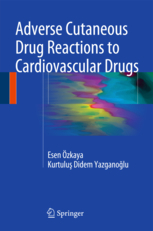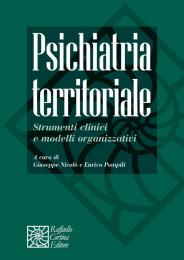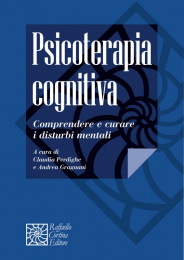Non ci sono recensioni
- Comprehensive review with color photos on skin side effects of cardiovascular drugs
- Includes useful tables allowing diagnosis according to drug class and the type of dermatologic reaction at a glance
- Special emphasis on cross-reactions and the role of patch testing in diagnosis
- Easy access and common use in dermatology outpatient clinics
This book describes adverse cutaneous drug reactions as among the most frequent events in patients receiving drug therapy. Cardiovascular drugs are an important group as there are a greater number of indications for the use of new drugs and their prescription continues to increase. The exact incidence of cutaneous side effects from cardiovascular drugs is difficult to estimate due to sporadic reporting. Moreover, a reliable connection between a certain drug and a certain type of reaction can only rarely be made, aside from the well-known angioedema/urticaria from angiotensin-converting enzyme inhibitors, lichen planus/lichenoid reaction from beta adrenergic blockers, and photosensitivity from thiazid diuretics. These reactions can extend to rare but life-threatening conditions such as erythroderma, Stevens-Johnson syndrome, toxic epidermal necrolysis and drug hypersensitivity syndrome.
Adverse Cutaneous Drug Reactions To Cardiovascular Drugs reviews the reported types of reactions to cardiovascular drugs. Each is discussed according to drug class and the type of dermatologic reaction with special emphasize on cross-reactions and the role of patch testing in diagnosis. A total of 116 images are included featuring clinical appearance of common adverse cutaneous drug reactions and diagnostic procedures such as patch and photopatch testing with the suspected drugs. Complementary tables may allow to scan the most common cutaneous reactions and the related cardiovascular drugs along with the possible cross reactions at first glance. It will thus be of considerable importance to all dermatologists and medical professionals who manage the skin, while being an important reference resource for cardiologists in terms of identifying potential adverse reactions to the drugs they prescribe.
Table of contents




